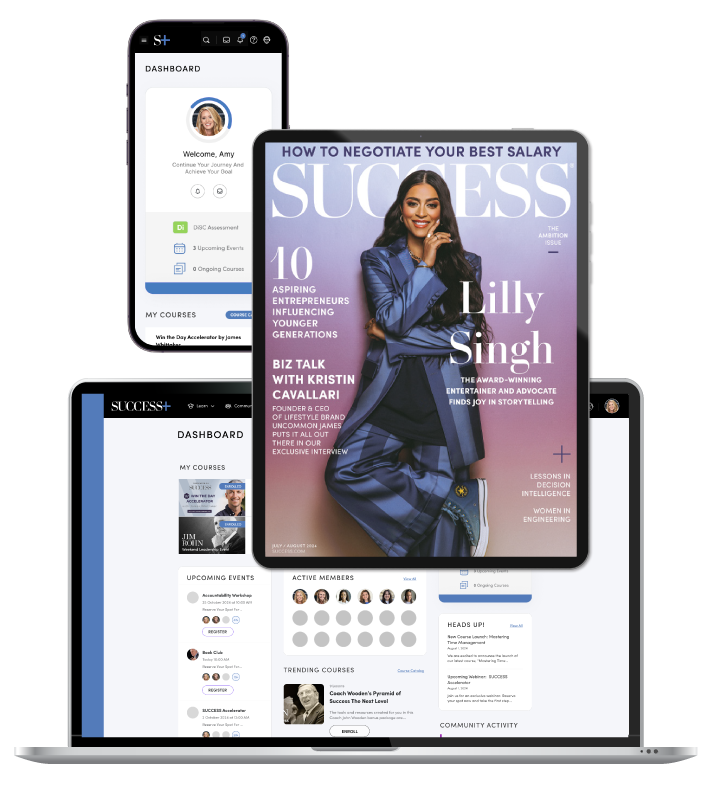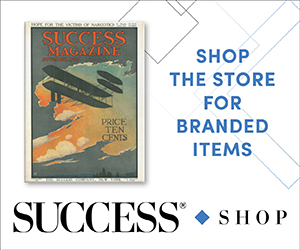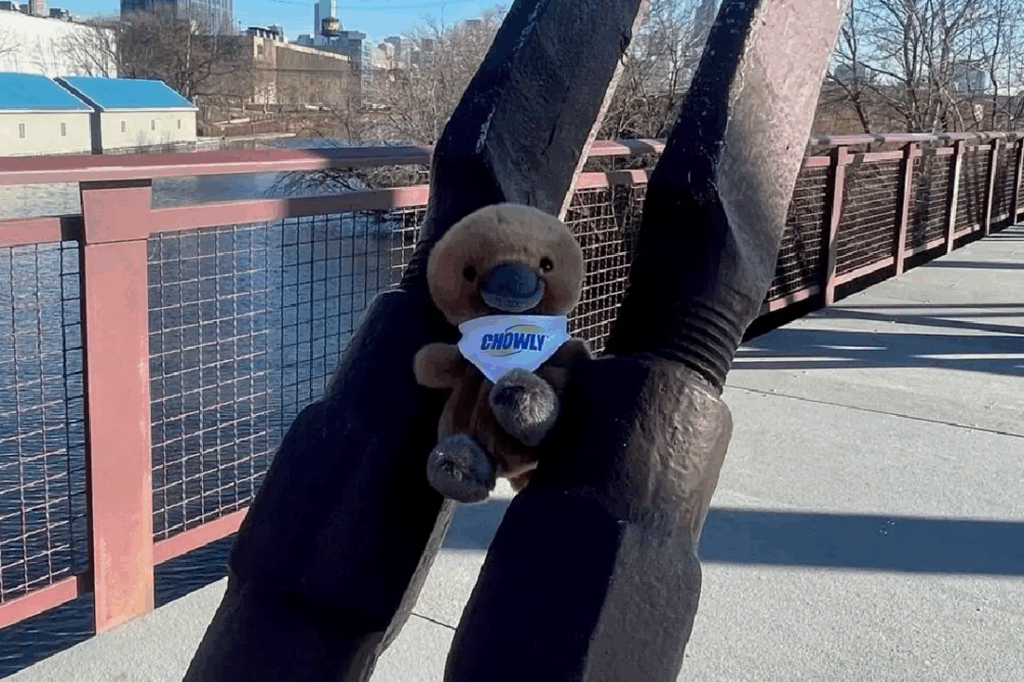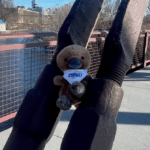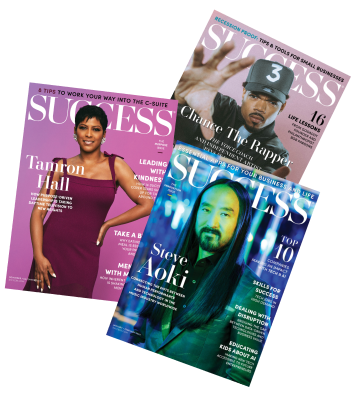There’s a reason your kid is so attracted to that Frosted Flakes box—and it has a lot to do with the cool tiger, not just the sugary flakes. Mascots have long had their place in advertising, marketing and brand recognition. But, they are regaining popularity, as some brands seek to have a bit more fun with their audiences and gain traction in a sea of competitors, hoping to become just a bit more recognizable with a mascot.
A 2025 study reported that visual representations are often easier for people to recall than words. Recent research on Super Bowl advertising also found that brand characters typically outperform celebrities. And a study published in 2024 found that brand mascots provide an emotional connection with the buyer, leading to better engagement with the brand and products or services offered.
“Brands seem to be jumping on this bandwagon more and more. Giving a brand personality through a mascot opens a lot of social media opportunities for promoting the brand, too,” says Chelsea Gladden, CEO of Everything Branding. One example is the McDonald’s mascot Grimace. A Grimace milkshake, which caused a viral trend on TikTok where people pretended to die after consuming it, helped boost 2023 second-quarter global sales by more than 11%.
“Not only are brands embracing [mascots] more, they are also doing some pretty funny collaborations together…. These outside-of-the-box collaborations are garnering press and social media attention, a win when brands do it correctly,” she adds.

Uses (and Misuses) of Mascots
Meet Platty the Platypus. While a semiaquatic duck lookalike creature might be the last thing you think would sell your brand, Sterling Douglass, co-founder and CEO at Chowly, a restaurant technology platform headquartered in Chicago, says the origin of their mascot is as “organic as it gets.
“The idea started inside our revenue team, sales, marketing and customer success [teams] working together as one,” he says. “We wanted a unifying cultural symbol that reflected the adaptability, resilience and personality of both our team and the independent restaurant operators we serve. Platty quickly became a rallying point internally and a memorable way to connect with customers.”
The mascot was born through wordplay, Douglass shares, a spin off of the word “platform.” “The sales team threw it out there, marketing ran with it and it clicked. The platypus felt like a perfect metaphor for Chowly. It’s a unique mix of traits, just like our platform brings multiple capabilities together in one place,” he says.
Platty hangs out in their social posts and campaigns, company swag, internal Slack channels, event booths and onboarding kits for new hires, among other spots.
Douglass notes that your mascot should embody the qualities of your business it represents. “Platypuses are adaptable, resourceful and stand out in a world of sameness, qualities we believe are essential for restaurant operators to thrive.”
But don’t expect mascots to be a silver bullet solution to your marketing woes. “While Platty isn’t a direct sales driver, he’s been a powerful engagement tool,” Douglass says. “Internally, he’s part of onboarding, recognition, and events, strengthening our culture. Externally, social posts featuring Platty see above-average engagement and improve brand recall. He helps us be memorable in an industry full of competing voices.”
Another challenge? Ensuring the mascot wasn’t too much of a gimmick. “We use Platty as a personality enhancer, not the lead act,” Douglass says.
“We… had to balance fun with professionalism, especially in B2B restaurant tech,” he adds.
Gladden cautions doing your homework before introducing a new character. “A lot of research needs to be done before marrying a mascot or spokesperson to a brand to ensure it’s in no way offensive, culturally inappropriate or unrelatable for the brand’s key demographic,” she says. Also, consider how your mascot might impact your future business leads. “Brands need to be careful with the [demographics] they are hoping to become their customers, and whether having a mascot aligns with their core audience and brand perception.”
So, take a line from the Pillsbury Doughboy, Michelin Man or Duracell Bunny at your next marketing meeting—and dream up the next great mascot.
Photo of Platty from Chowly.com
